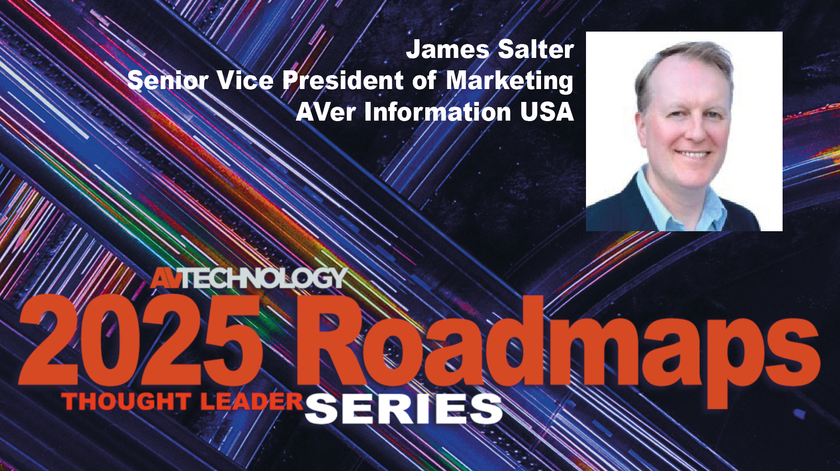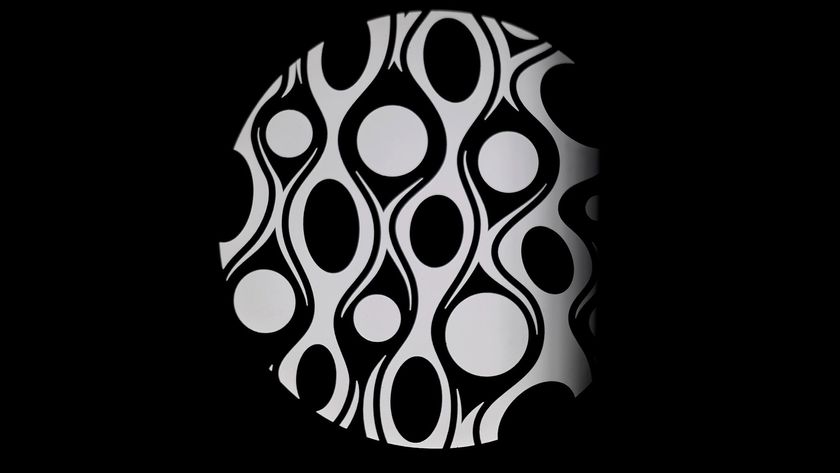- It would not be the eve of InfoComm, without a room full of some of the world’s most experienced engineers and marketers debating the future of video projection, even as hundreds of booth personnel a few buildings over prepare the show floor for demos of thousands of today’s projection offerings. Over the years, as I arrived at InfoComm, I’ve sat in on the Projection Summit, and gotten a look at the latest developments in projection. Many years, it was all about more lumens from smaller packages, or mega-lumens from big packages. Or, of course, the inexorable move to higher and higher resolution.
- It seems like such a change in mindset, if not in the actual market this year. Getting more and more lumens out of Mercury lamps now seems like getting more horsepower out of push-rod V8 engines. And after 1080P, what’s left in terms of a new resolution standard to shoot for, for boardroom, classroom, or digital signage projection? Well, a lot. On Day One of the Projection Summit Monday, a veritable who’s who of projection turned their attention to what’s on developers’ and engineers’ minds this year, even as projection in general has had some of its thunder stolen by all those flat panels out there. But there could not be a better time for any one who loves projection, and who sees it as the best hope for re-energizing the AV, home theater, cinema, and digital signage markets as the economic recovery gains strength.
- A big theme for Day One of the Projection Summit: LED… LED… and more LED. Throw in Laser light engines, and it all spells the one term the average user needs to memorize: Solid State projection. And trust me, the solid state revolution promises (threatens?) to do to large swaths of the AV world what the transistor radio did to HiFi in decades past. Or what the iPod did to the CD market… you get the idea: it’s disruptive technology, and it’s here to stay.
- If you’ve been following the solid state projection story, you know the big issues. Stephane Bellosguardo, Director of Product Marketing, Luminus Devices, Inc., summed up the advantages of solid state in his session at the Projection Summit Monday:
- Solid State projectors:
- feature “Instant On”
- they are Green. No mercury lamps to replace. And they use less power to light up. For a lot of customers, that’s the one and only story, and a compelling one.
- Better color saturation, equals also: better perceived brightness
- At this point in the rollout, non-Pico sized LED-light engine DLP projectors, i.e. the biggest, brightest ones, are bumping around in the 700-1000 lumen level. This limitation is not due to the brightness capabilities of white LED phosphors. The limitation is due to two things: the relatively low brightness level of green LEDs; and more importantly, to the fact that LED phosphors put out too much heat when you juice them up to levels needed for anything north of about 1000 lumens.
- However, Bellosguardo predicts 2000 lumens from LED projectors by 2012. He should know, because his company makes virtually all the LED phosphors for solid state projectors today. (Luminus got a lot of experience doing the first ever LED-based DLP light engines, for the DLP rear projection TVs that Samsung first introduced 5 or 6 years ago.)
- But although Bellosguardo predicts 2000 lumens from LED projectors by 2012, he noted yesterday that “….. new products must be positioned relative to legacy products…” What did he mean? He meant that it’s not good enough to say, OK, we’re getting brighter with LED. We have to put out products that are easily understood and accepted by millions of consumers who have a set of habits and standards developed already, as regards brightness, price, and a host of other things. (Right now, there is a price premium for solid state projectors… even though of course the total cost of ownership is less over time.) So when even the guy who makes the core technology says it’s not a crystal clear path to market, you know there is not going to be some quick or complete transition to solid state.
- But just when you thought your old technology was safe, out of the blue came Casio, earlier this year, with … what? A “hybrid” projector? What the h___? Yes, that’s right, a laser and LED hybrid light source projector being marketed now, the Casio GREEN SLIM Projector. (Casio has only 5 years of experience making projectors)
- Frank Romeo, VP, Business Products, Casio America, Inc., gave the attendees of the Projection Summit the lowdown: In the LED only solid state model, the green level is low, it pulls down the overall brightness… and green has the most influence in perceived brightness. So Casio addressed this in their design: a Green Laser (instead of a green LED. The Green laser is pointed at a Phosphor wheel. On the wheel is both Green, and Blue phosphors, so the wheel is to produce both G and B, but also to minimize heat by rotating the area that is getting hit by the laser– to dissipate heat: this is still a problem and the Casio design is still not getting all the phosphor-degrading heat out efficiently enough.
- The Casio Hybrid Light System features:
- officially, 20,000 hour life
- Wider color gamut (both LEDs, and Lasers, produce a wider color gamut that mercury lamp based systems)
- According to Romeo, Casio was trying to accomplish two things, with this design:
- follow the RoHS: (EU) directive: “…if there is an alternative to mercury lamps, use it.”
- Casio also wanted to keep the projector under 2 inches in depth. Which they did.. the Green Slim projector is not much thicker than a big laptop computer, with about the same footprint.
- As Day One of the Projection Summit wrapped, and I turned my sights toward Day One of the InfoComm show floor, a few key issues came up, in my head, and from some of the Q&A from the Summit:
- what about resolution improvements, for Pico projectors?
- LED projectors have too big a price premium right now, to make big market share gains. Will this pricing change soon?
- Importantly, the LED revolution in lighting, is leading to economies of scale, that will come to the projector world… this could be the answer to the pricing patterns going forward.


